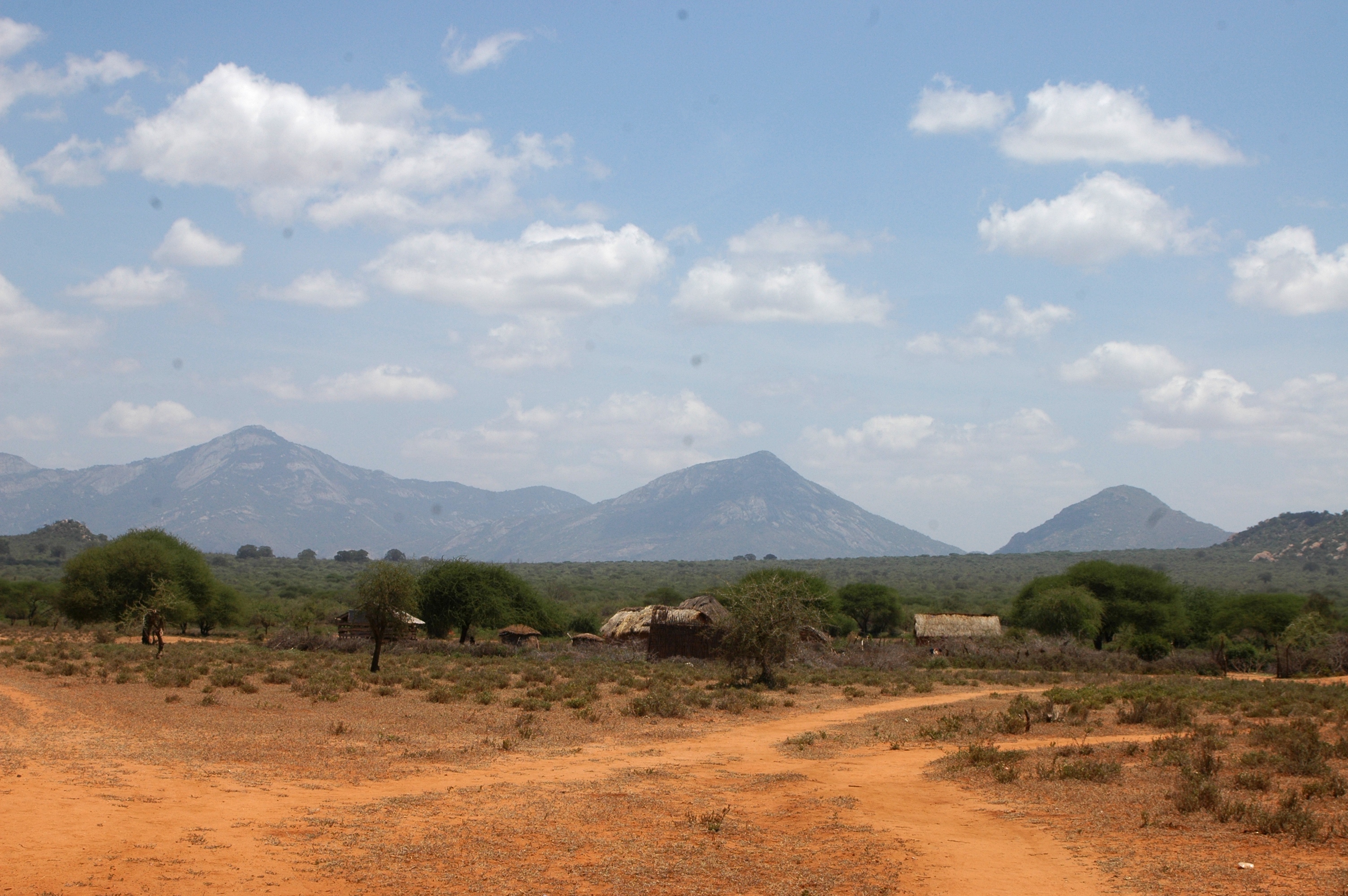
Some of the most iconic wildlife and natural resources in the world can be found in the landscape spanning Southern Kenya and Northern Tanzania. Yet the future of this landscape—and the wildlife and people who have thrived on it for hundreds of thousands of years—is uncertain due to rapid land use changes compounded by climate change. Many organizations are working to preserve the balance of human and wildlife health in the area, but projects are often carried out in an uncollaborative way, with different groups seeking disjointed goals.
The ‘Unganisha’ project, which means ‘connected’ in Kiswahili, seeks to preserve the connection of Southern Kenya and Northern Tanzania landscapes by improving coordinated transboundary conservation activities to protect an iconic wildlife corridor.
OEA is one of eight partners on this ambitious project and will work in Tanzania’s West Kilimanjaro and Mkomazi, two areas vital to landscape connectivity where human-wildlife conflict, water insecurity, and lack of income opportunities continue to present challenges.
Our goals:
Land use planning: Well-developed land use plans can help cut down on human-wildlife conflict and maximize farming, livestock production and eco-tourism opportunities. We will help 11 villages to update their land use plans to improve the management of the existing Enduimet Wildlife Management Area and preserve essential wildlife corridor.
Mitigate human-wildlife conflict: Crop and livestock loss due to the presence of wild animals is an ongoing source of conflict. Oikos will support and capacitate 18 target villages in Enduimet Wildlife Management Area and Mkomazi to implement human-wildlife mitigation measures and reduce the occurrence of crop raiding and predator attacks. These measures include chili fences, chili bombs, beehive fencing, 50 predator proof bomas and other appropriate measures that would be identified along the way. In addition, Oikos will help develop a human-animal coexistence awareness campaign in 30 villages, including scaling previously successful theater group performances as an innovative information and communication activity, as well as broadcasting thematic podcasts on approaches in human-wildlife conflict mitigation, conservation, and climate change adaptation.
Increase water management and availability: To improve water security — and cut down on water use conflict between human, wildlife, and livestock consumption — this project will construct and install at least 10 plastic tanks with capacity of 10,000 liters to collect rainwater at selected sites in 7 villages. Our water work will also include registration and capacity building of community-based water supply organizations with Enduimet WMA.
Support livelihoods: The support of sustainable income opportunities will also be a key piece of the project. Oikos will provide technical assistance, scale-up, and monitoring of ecotourism enterprises and other sustainable business models, with particular attention to marginalized groups (i.e., women and youth).
Wildlife roadkill reduction: Wildlife are also victims of traffic on main roads. Oikos will assess and then implement mitigation measures to reduce the occurrence of wildlife roadkill on the highway connecting Arusha to Namanga, the Kenyan border. Different innovative and appropriate measures will be tested with the support of relevant authorities.
Oikos project area: West Kilimanjaro, Mkomazi-Tsavo corridor
Project duration: Oct. 2022-Dec. 31, 2025
Funded by: German Ministry of Economic Cooperation and Development, WWF Germany
Partners: WWF Germany (lead), WWF Tanzania, WWF Kenya, African Conservation Center (ACC), Amboseli Ecoystem Trust (AET), Kenya Wildlife Conservancies Association (KWCA), Community Wildlife Management Areas Consortium (CWMAC)